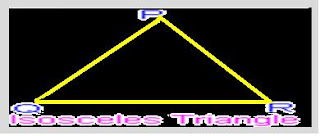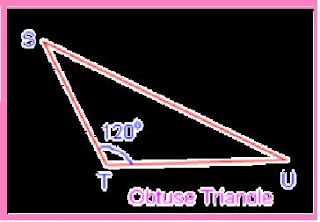 Hi Friends, Good Morning!!!
Hi Friends, Good Morning!!!Let us learn about "Factors of 28"
Like concepts presented throughout the Montessori classroom, even those more abstract concepts of Mathematics have been made concrete for the children in our classrooms. Beginning with simple number concepts like understanding quantity and identifying numerals, the Math materials include advanced presentations in cubing numbers, factors, fractions, and mathematical operations.
Factors of 28:
Factors are the numbers used for dividing the given number exactly (with remainder 0).
For all the numbers 1 and the number itself will be definitely be a factor
There is a difference between factor and prime factor
In Prime factor the factor will be off only prime
But when finding the normal factor the factors are the possible multiples of the number
PRIME NUMBER
Prime numbers are divisible by 1 and the number itself. those numbers are called prime numbers.
All prime numbers have only two factors
The two factors are 1 and the number itself
COMPOSITE NUMBERS
Except prime numbers all the numbers are called composite numbers. But all the composite numbers will be having more than two factors
Given problem is find the factors of 28
Solution:
Factors of 28 are 1, 2, 4, 7, 14, and 28
So for 28 we have 6 factors
28 is a composite number too
I hope the above explanation was useful.Keep reading and leave your comments.










